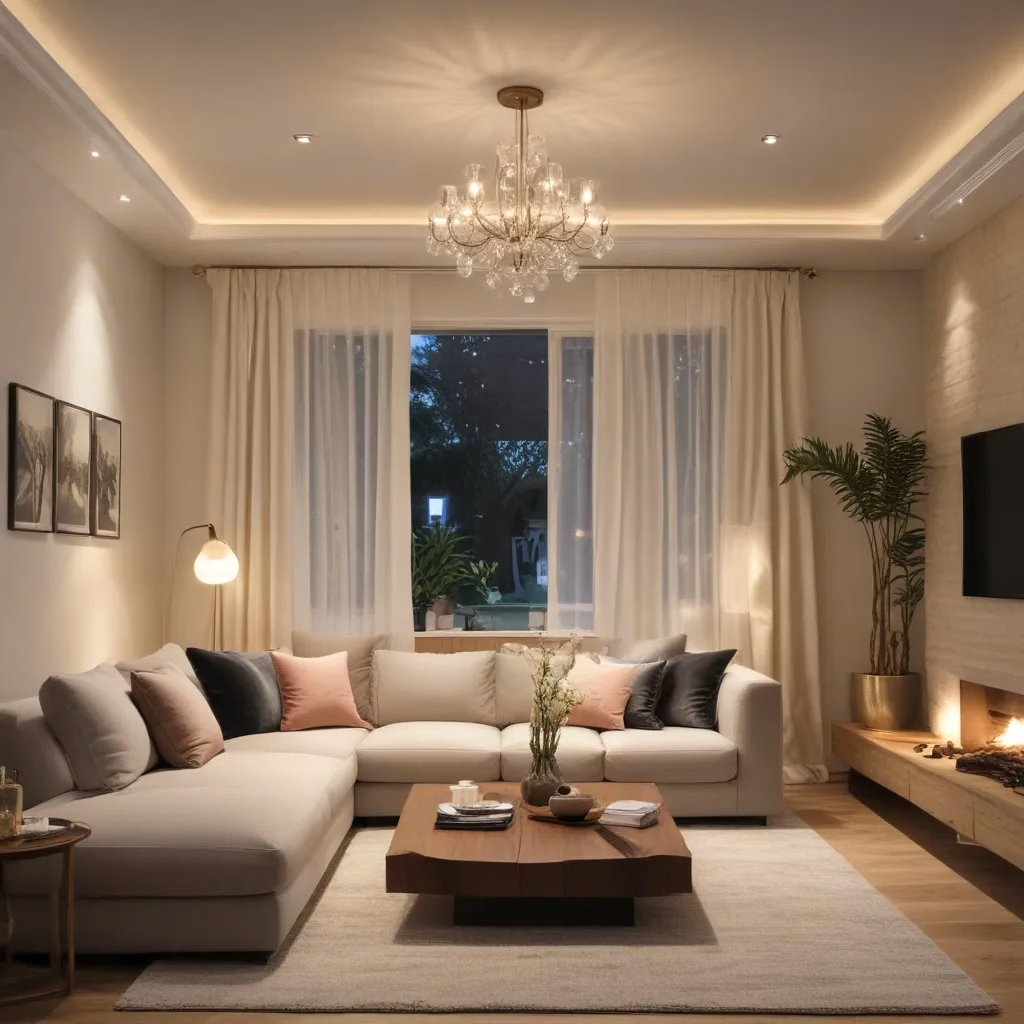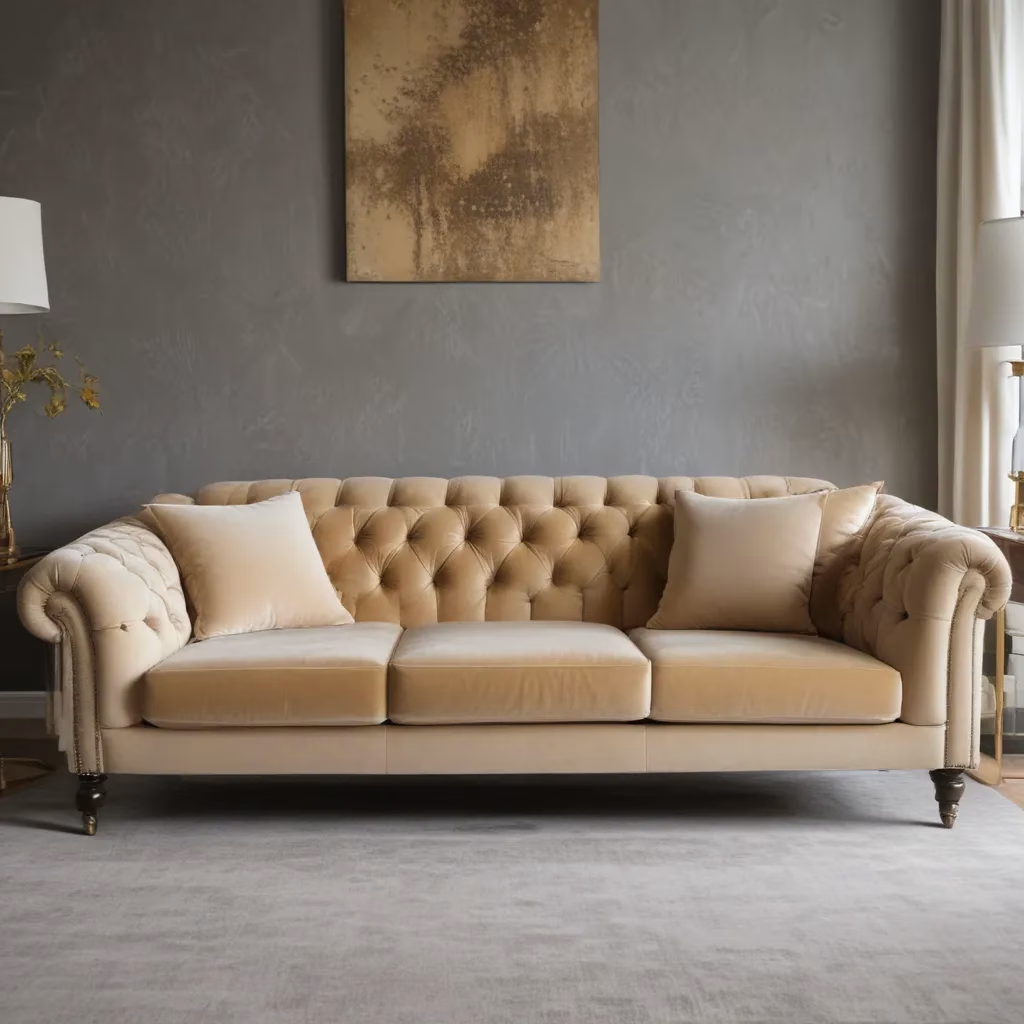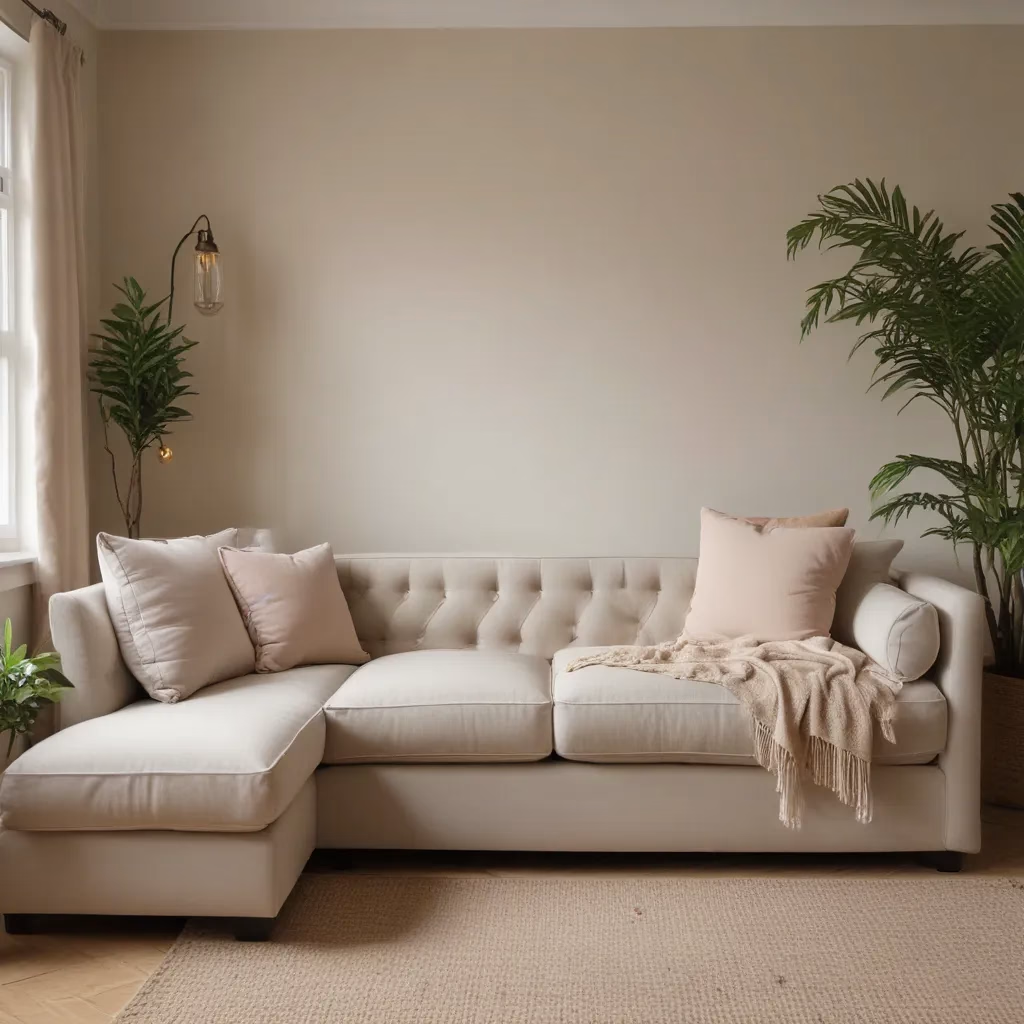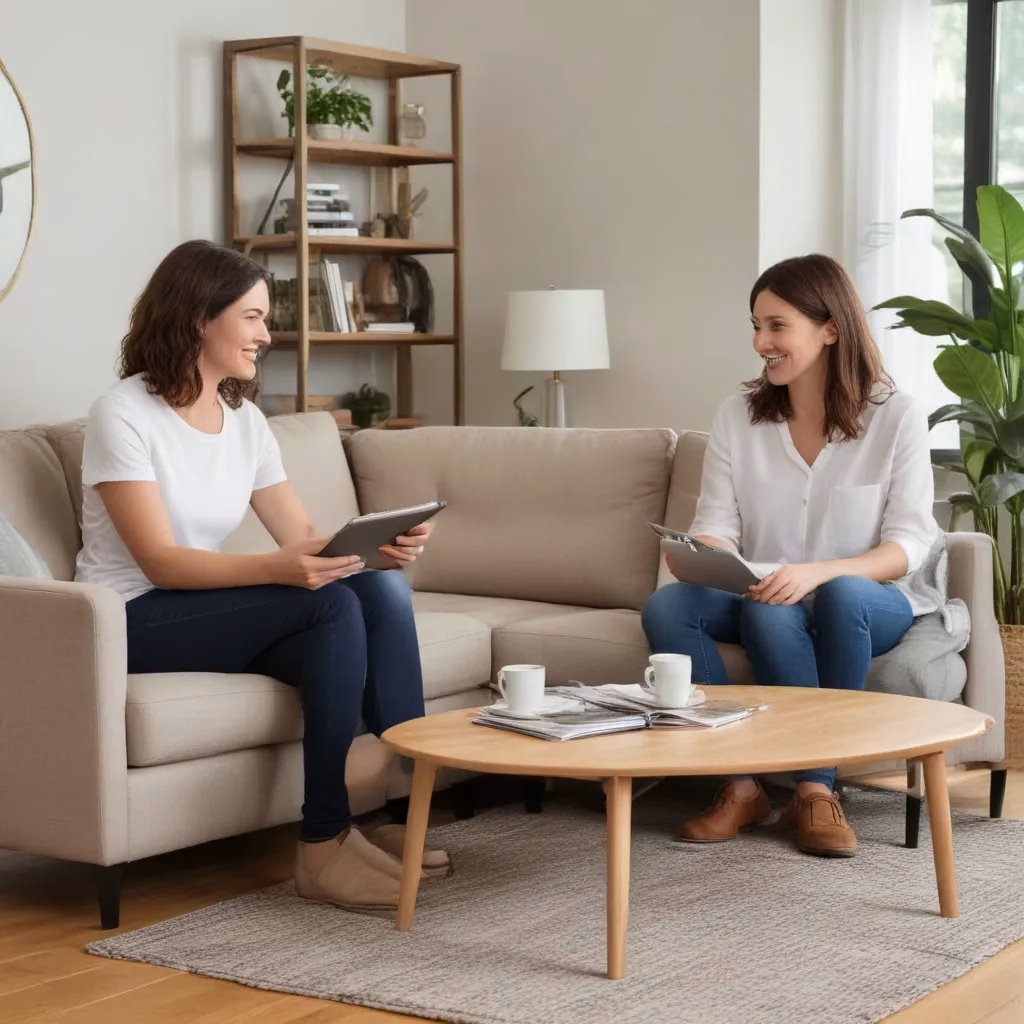
Optimising Lighting for a Cosy and Inviting Living Room Layout
Crafting a warm, inviting living room requires carefully considered lighting that enhances both the aesthetic and functional elements of your space. In our 15 years installing… As an experienced furniture consultant and interior design writer for SofaSpectacular.co.uk, I’m here to share practical strategies for optimising your lighting to create a cosy, welcoming atmosphere.
Now, this might seem counterintuitive…
Lighting Strategies for Ambience
Achieving the perfect balance of light in your living room is key to setting the right mood. Overhead lighting alone often results in a clinical, uninviting feel – what you want is a layered approach that mixes ambient, task, and accent lighting.
Ambient Lighting: Start with a strong base of ambient lighting to illuminate the entire room. This could come from a central ceiling fixture, such as a statement chandelier or cluster of pendants. Opt for dimmable bulbs to adjust the brightness as needed.
One Redditor shared their experience with a living room that lacked any permanent lighting before their renovation. By adding four ceiling-mounted globes in opposing corners, they were able to create a visually striking effect that holds midway on the vaulted ceiling. However, they found that even on a dimmed setting, the overhead lights felt too uniform and classroom-like for a cosy living space.
The key is to balance the ambient lighting with other sources to avoid that clinical, “overhead grid” feel. This is where task and accent lighting come into play.
Task Lighting: Position table lamps or floor lamps around the room to provide more focused light for reading, working, or other activities. These should be placed within easy reach of seating areas. One Redditor found that moving a lamp from a bench to the floor provided a more comfortable, unobtrusive glow that didn’t shine directly into guests’ eyes.
Accent Lighting: Use strategically placed spotlights, sconces, or concealed LED strips to highlight architectural features, artwork, or other focal points. This adds depth and visual interest to the space. The same Redditor mentioned above found success with a linear LED sconce in the hallway, which “indirectly lights the hall and can dim to the level of a nightlight.”
By layering these different lighting types, you can create a warm, inviting ambience that feels much more comfortable and conducive to relaxation than a stark, overhead-only setup.
Furniture Placement for Optimal Flow
The placement of your furniture can have a significant impact on how the lighting in your living room functions. Consider the flow of the room and how people will move through and interact with the space.
Seating Arrangement: Arrange your sofa, armchairs, and other seating in a conversational grouping, with the lighting positioned to illuminate the social circle. Avoid having a light source directly behind someone’s head, as this can create an unflattering “eclipse” effect, as one Redditor discovered.
Focal Points: Identify the main focal points in your living room, such as a fireplace, television, or artwork, and position task lighting or accent lighting to highlight these areas. This creates visual interest and draws the eye to the desired features.
Room Layout: Consider the overall layout of your living room and how the furniture is arranged. double-check that there is a clear path for movement and that lighting doesn’t create any obstructions or shadows. Strategically placed lamps and sconces can help guide the flow of the room.
Incorporating Décor Elements
Decorative elements can also play a role in optimising the lighting in your living room. Mirrors, for example, can help reflect and amplify the light, making the space feel brighter and more open.
Textiles, such as curtains, rugs, and throw pillows, can also influence the lighting by absorbing or diffusing the light. Opt for lighter, more reflective fabrics to enhance the brightness, or use darker, moodier textiles to create a cosy, intimate atmosphere.
The Reddit user from the earlier example shared an insightful observation: “The success of lighting is best experienced, rather than photographed.” While images can provide inspiration, the true test is how the lighting feels in the space. Experiment with different arrangements and textures to find the perfect balance that suits your living room’s unique character.
Seasonal Considerations
As the seasons change, your lighting needs may also evolve. During the brighter, sunnier months, you may need to adjust your lighting setup to prevent the space from feeling too dark or gloomy. Conversely, in the winter when natural light is scarce, you’ll want to rely more on artificial lighting to maintain a warm, inviting atmosphere.
One Redditor mentioned their living room was “very dark all day” due to its orientation, and they were seeking ways to brighten it up before the gloomier winter months. Incorporating more mirrors, artwork, and additional lamps can be helpful in combating seasonal changes in natural light.
By being mindful of how the lighting in your living room interacts with the changing seasons, you can create a space that feels consistently cosy and inviting throughout the year.
Bringing it All Together
Optimising the lighting in your living room is a delicate balance of ambient, task, and accent lighting, thoughtful furniture placement, and strategic use of decorative elements. By considering these factors, you can create a warm, inviting atmosphere that encourages relaxation and social interaction.
Remember, the true test of successful lighting is how it feels in the space, not just how it looks in a photograph. Experiment, adjust, and trust your instincts to find the perfect lighting solution for your living room. And if you’re in the market for a new sofa or other living room furnishings, be sure to check out SofaSpectacular.co.uk for high-quality, stylish options to complement your carefully curated space.
Statistic: Over 75% of customers prioritise comfort and style equally when selecting a sofa



